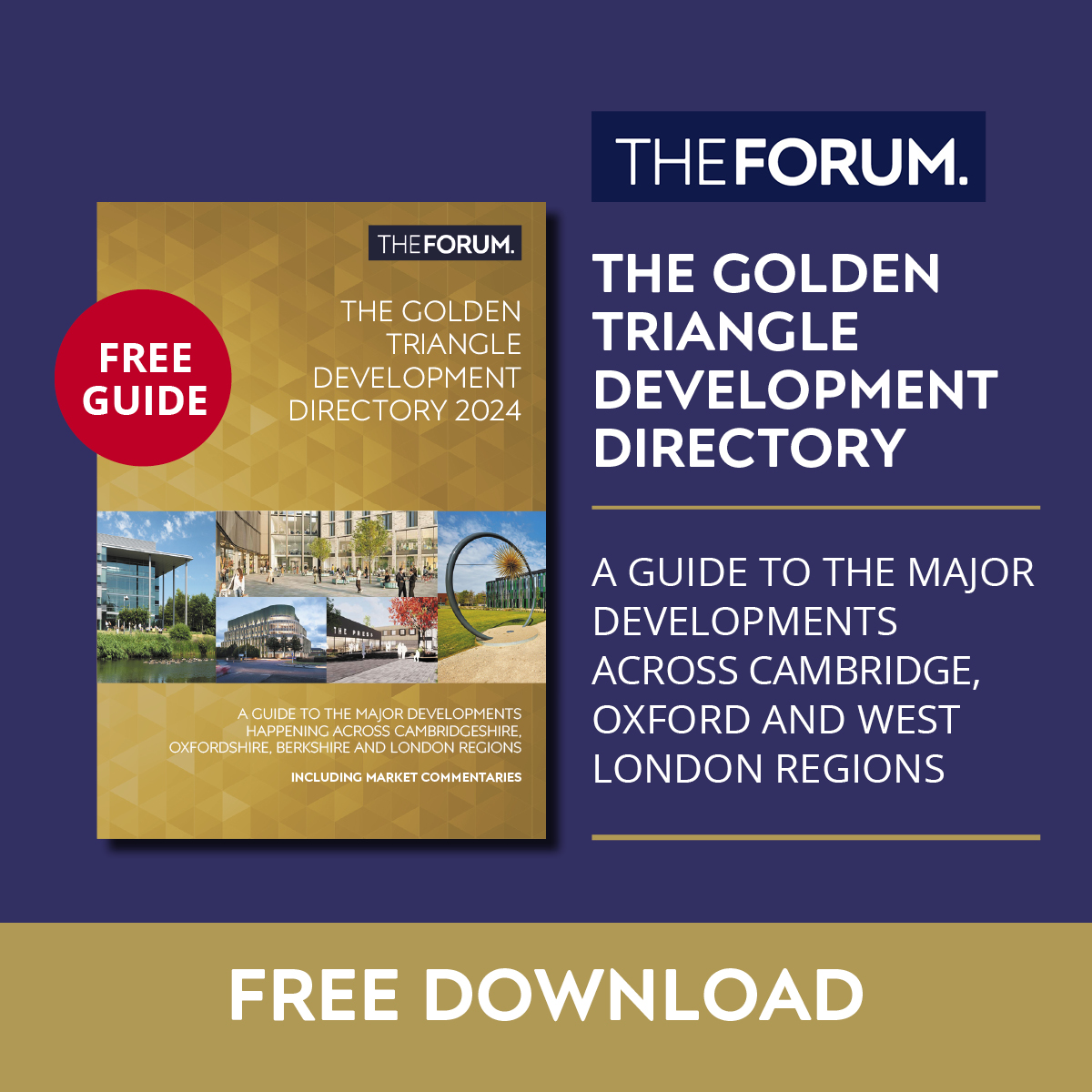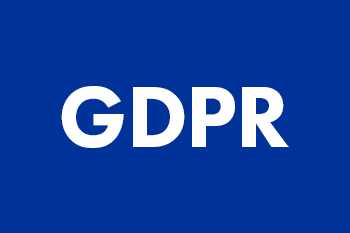Buckinghamshire Council will have its first elections next week. DevComms director Maria Allaway puts it in context and pinpoints some of the key battlegrounds.
The inaugural election of Buckinghamshire Council will take place on May 6, a year after it was originally due to be held.
The council, newly established on April 1, 2020, was scheduled to hold its first election the following month. However, the onset of the Covid-19 pandemic saw all impending elections across the country postponed for 12 months.
As a result, Buckinghamshire Council’s shadow authority members – all sitting members of the five councils that merged to create Buckinghamshire Council – became members of the new council on April 1. That meant a council represented by more than 200 members.
The election this year will see that reduced to 147 councillors, the number by which Buckinghamshire Council was originally due to be represented. Each of the 49 wards will be represented by three councillors – currently some wards have up to six members.
As we move closer to the election itself, what can we expect to happen on May 6?
Historically, Buckinghamshire has been strongly represented by the Conservatives. Indeed, currently there are more than 160 Conservative members on the council, meaning they hold around 80 per cent of the seats.
The Liberal Democrats are said to be focussing predominantly on holding their Aylesbury seats, as are Labour in Wycombe. However, the Conservatives will contest these seats with popular members.
In addition, we know that a number of high-profile Conservative councillors are not standing at the forthcoming election. These include Brian Roberts (Aylesbury South East), Netta Glover (Wing) and cabinet member Mark Shaw (Chesham). As a result, Aylesbury South East and Wing could potentially be target seats for the Liberal Democrats.
There are of course national issues at play that could impact voters’ decision making across the county. These include the Government’s response to the Coronavirus pandemic, the vaccine rollout programme but also, and most significantly in Buckinghamshire, the impact of HS2 construction work which is having a significant effect on the local road network and the environment, particularly in more rural areas.
The timely announcement by Transport Secretary, Grant Shapps, that the Oxford to Cambridge Expressway has been formally cancelled, which was called for by many local politicians, has been welcomed by Conservatives across the county and may be used as ‘evidence’ of local Conservatives standing up to the Government on behalf of their residents. Other parties are of course also staking their claim to have influenced that decision.
Whatever the outcome on May 6, all eyes will be on Cllr Martin Tett in terms of whether he is elected as leader of the council. Prior to Buckinghamshire Council being established, we know that the county council favoured a 98-seat authority, whereas the four districts were hoping for a 147 seat composition. This may open up the opportunity for a leadership challenge post-election.
The transition from the four districts and the county council into one unitary authority has not been without disruption. Unsurprisingly, the county council’s processes and people are perceived to have ‘shaped’ the new Buckinghamshire Council and, where services have merged across the former districts, we have heard that challenges have arisen.
It remains to be seen whether there will be any notable shake up on May 6 and what changes we may see afterwards.
© Thames Tap (powered by ukpropertyforums.com).
Sign up to receive your free weekly Thames Tap newsletter here.











